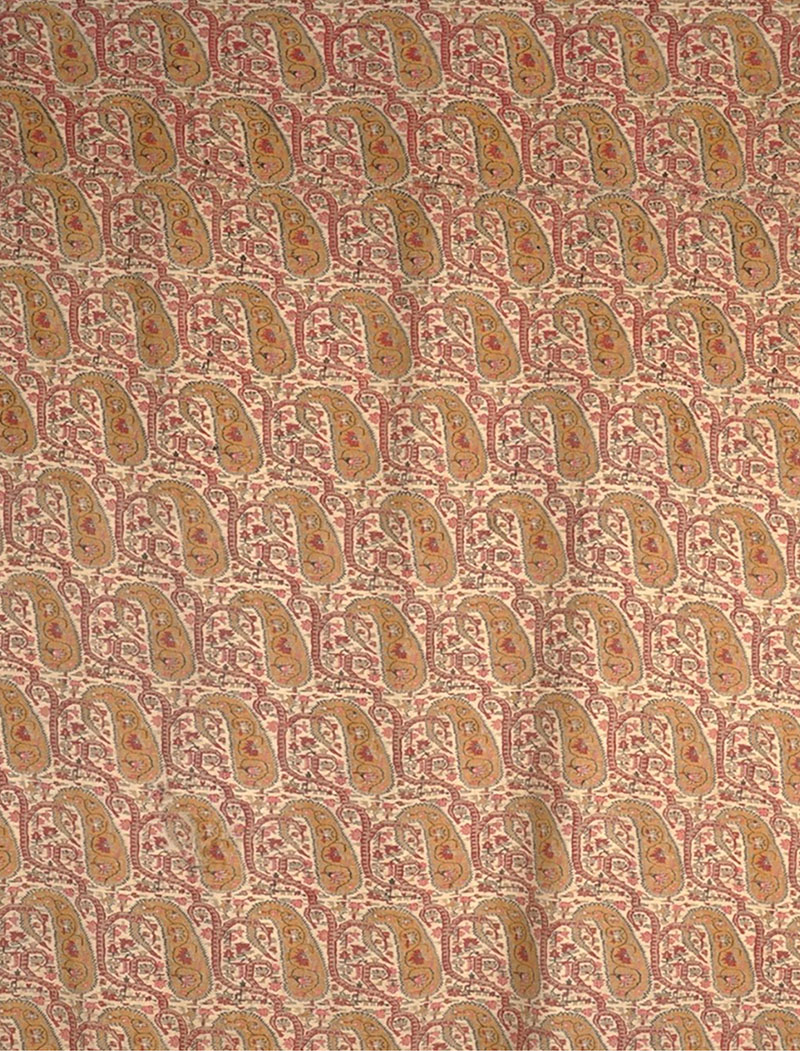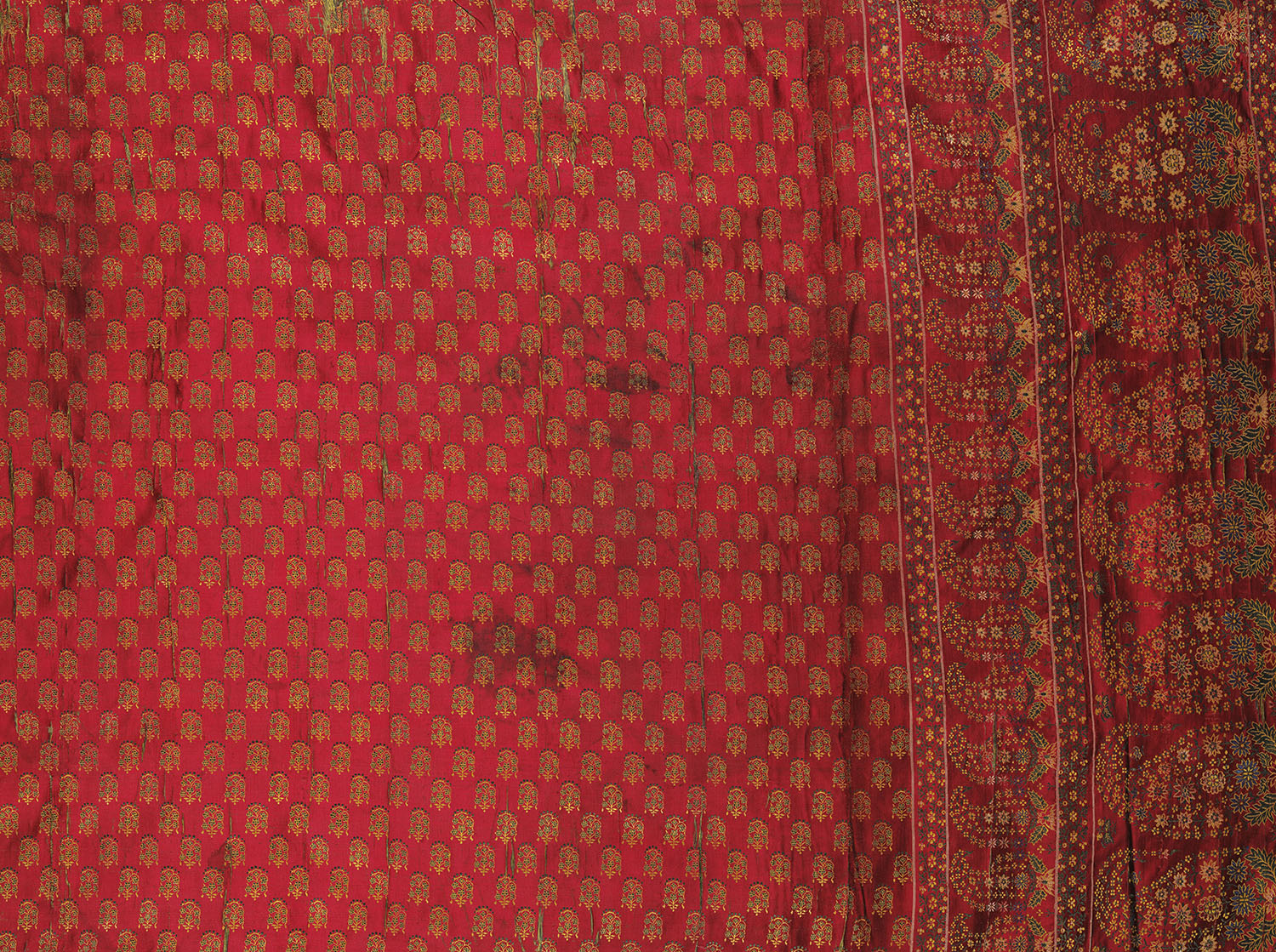ARTICLE
Himroo
The fabric enjoyed widespread popularity until the mid-twentieth century, when it underwent a decline in demand. In the 1930s, the former government of Hyderabad offered to support the craft but its efforts were compromised by the Second World War and its adverse impacts on trade. Demand for the fabric fell in the 1940s, with a little over 150 artisan families practising the craft, which fell further to thirty families in the years immediately after India’s independence. By the late-1950s, the fabric produced in Aurangabad, although being traded extensively, was facing severe competition from more economical, imitation fabric woven using power looms. Consequently, the erstwhile Andhra Pradesh government established weavers’ cooperatives to support the weaving of himroo, which resulted in weavers migrating from Aurangabad to Hyderabad. Further, the Himroo and Nawabpura Cooperative Society Limited, Aurangabad (1953) and The Himroo Weavers’ Cooperative Society (1955) were established under the Hyderabad Cooperatives Societies Act of 1952.
Today, himroo is used to make shawls, bedsheets, curtains, decorative tapestry, pillow covers, skirts and accessories such as purses and neckties. The fabric is primarily woven in Aurangabad, where a number of weaving and training centres have been established under the government of India. While demand for the fabric increased over the years, especially among tourists, the number of active weavers in the area is experiencing a steady decline, accelerated by the COVID-19 pandemic and its impact on international tourism.
Bibliography
Our website is currently undergoing maintenance and re-design, due to which we have had to take down some of our bibliographies. While these will be re-published shortly, you can request references for specific articles by writing to hellomapacademy@map-india.org.








